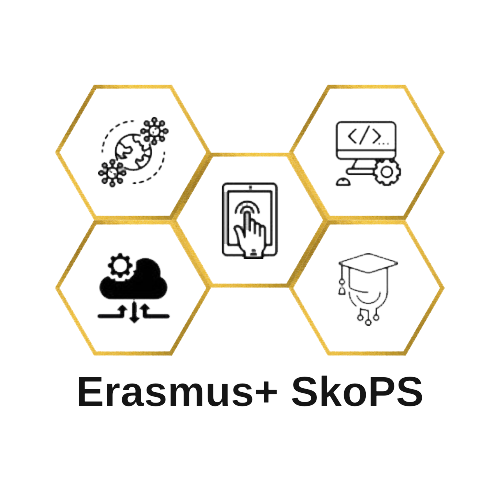Course Description
Internet of Things (IoT) and Data Science are two emerging technologies that empower businesses to have better intuitions and enhance their decision-making process by bringing access to massive amounts of data and analyzing them. IoT technology enables interconnection between devices varying from a household tool to advanced industrial ones which are gathering tones of Data every second. With the help of Data Science, you can utilize and put these enormous and even streaming data in use.
During this course, you will learn how to collect, clean, analyze, and store IoT data by executing effective Python programming, using Data Science approaches. Python is one of the most popular programming languages for Data Science. It is used widely for applying Data Science methods and running experiments over a large amount of Data. Also, it is equipped with powerful libraries to facilitate coding. This course will guide you to build Data Science models to detect patterns or anomalies over IoT data with the help of these libraries.
In addition, to educate you practically we have designed many virtual laboratories and hands-on projects that concentrate on applications of Data Science on IoT datasets. Real-world problems are presented with given IoT datasets and you are asked to design a model for learning by applying Data Science techniques. Finally, you should analyze its results and evaluate your model.
This course is planned for students of Computer Science, Mathematics, and any other related fields in bachelor or master degree or those who want to learn Python programming for IoT and Data Science on a self-learning basis. While to use this material you do not need to have any background knowledge, for implementing the hands-on project you need to have access to the Anaconda environment or Google Colaboratory.
Students and participants of this course are expected to learn the basics of Python Programming, fundamentals of Data Science algorithms, how to collect and store IoT data, and get familiar with popular Python libraries (for e.g Pandas, Matplotlib, Numpy, Tensorflow, Sklearn). This leads them to be able to use Python Programming to work with data and manipulate it. Also, empowers them to build and initiate Data Science Models on IoT datasets using Python on their own after finishing the course.
To reach the course objectives and ensure the proper learning, the course engages diverse activities including, watching videos, reading the materials, participating in self-assessment, and completing the hands-on project.
